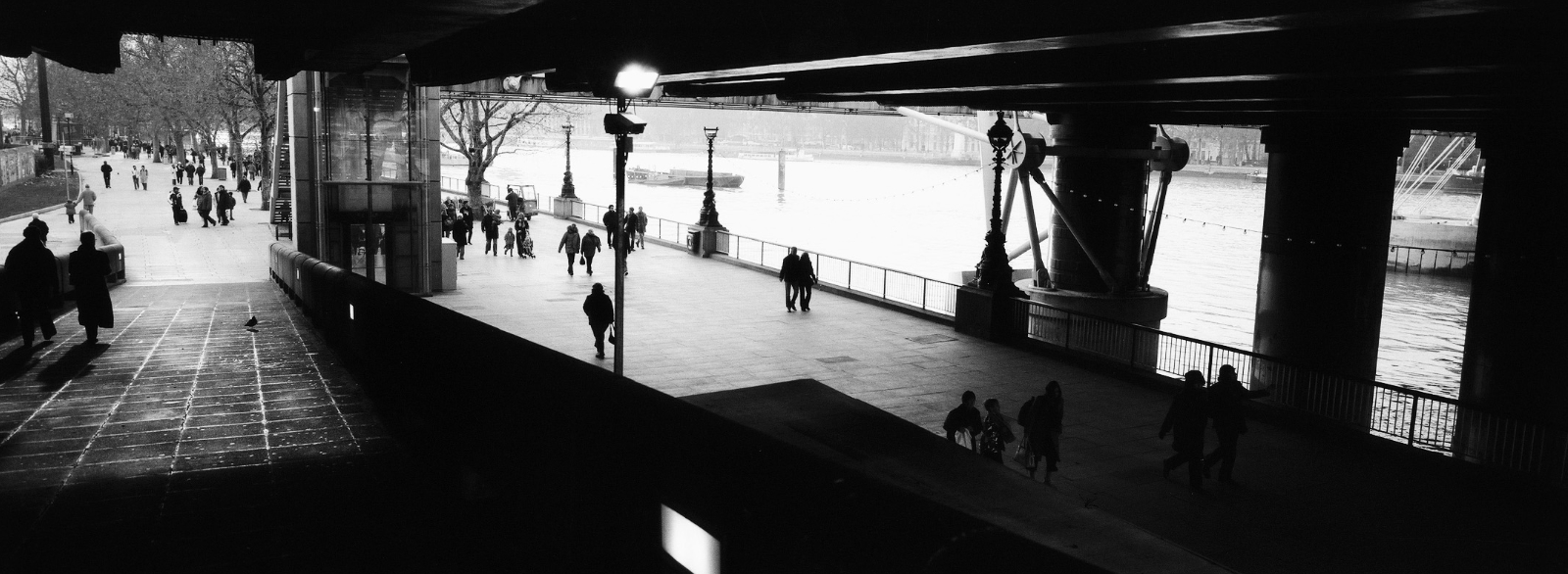
18 Jan Probably, erm, nothing
“ProbablyNothing” is a favourite expression among NFT enthusiasts. As you can imagine, it means of course an event that is “AlmostCertainlySomething.” Two such events have occurred in the last few days, signifying that this nascent technology, known primarily for making ape owners substantially better off, is about to enter popular consciousness in ways that point squarely towards broad adoption at a retail level.
Over the last twelve months or so, a long line of “weak signals” emanating from over the NFT near future horizon have been getting stronger. Porsche has dipped its toes (expensive tyres?) in the water, netting 30+ Ether for charity from the sale of a drawing (as NFT and original art) by its exterior design chief. While we’re on the subject of cars, Lloyds Auctions is releasing muscle car NFTs including the Aussie classic Holden Torana A9X (be still my heart.) Playboy has released – can we call it a brood – of bunnies (of the long-eared kind) and Australian Open is selling championship points as an NFT accompanied by the physical tennis ball (in an attractive, handcrafted case, apparently.) It’s getting pleasantly hot out there, but we are not quite at retail level adoption – or have not been so far. That is going to be changing very quickly over the coming months, thanks to two weak signals that are very strong indeed.
Arguments over NFTs’ aesthetic appeal and social signalling value aside, two touchpoints are key to adoption and UX friction needs to be minimised in both of those for mass adoption to come running faster than a throng of Poms chasing a cheese round down a hill.
The first touchpoint is “how do I buy these things?” Right now, this means dealing with all of the intrinsic “delights” of a crypto wallet. If you have one, it probably means you’re a nerd and you find the delights actually less of a pain. For “crypto civilians” this is a major barrier to entry. Making the purchasing process simple and, ideally, dovetailed into their existing financial arrangements, will certainly entice “normal” people into the arena. (Yes, of course, one needs a wallet. The barrier to entry is the level of anxiety in setting one up.)
The second is “what do I do with it?” Yes, you can put the picture up as your social media mug, assuming the NFT you’ve bought is of the profile picture kind. But that functionality is not going to get millions of people excited, and getting millions of people excited about NFTs is the generally accepted definition of “mass adoption.” (Plus, profile pictures are, really, merely scratching the surface of what NFTs can be used for.) Of course, if your NFT happens to be of the Aussie Open-winning backwards lob by Djokovic (OK, maybe not Djokovic) then in all honesty, displaying it to your mates on a phone screen is not going to have quite the intended show-off value.
Around a month ago, as I was setting up Urban Symphony, I described the project to my friend Matthias Röder – musician and culture-tech entrepreneur. He got it immediately, and remarked in passing “I’d love to throw that on my big-ass TV and just immerse myself in the projection.” Of course he would, and that is indeed the intended use case for the art, if I may mix vocabularies from the worlds of art and business.
And so, to the two very strong weak signals. Coinbase has just partnered up with MasterCard to enable customers to purchase NFTs with their credit cards and Samsung has announced that a number of its 2022 smart TVs will have NFT functionality built in. So, yeah, #ProbablyNothing, and Matthias will soon be able to throw Urban Symphony up on his super-sized monitor straight from his wallet.
OK, so this is going to require regular updates with those signals coming in thick and fast now. For the sake of brevity and efficiency, I’ll just be posting the links down here:
Walmart to sell virtual goods and NFTs
The US tax man has already figured out how to tax NFT-related income
Celebrities are hopping onto the NFT train
Crypto is no longer required to purchase NFTs on the world’s largest marketplace
Shopify flows merchants to sell NFTs directly through their storefronts


